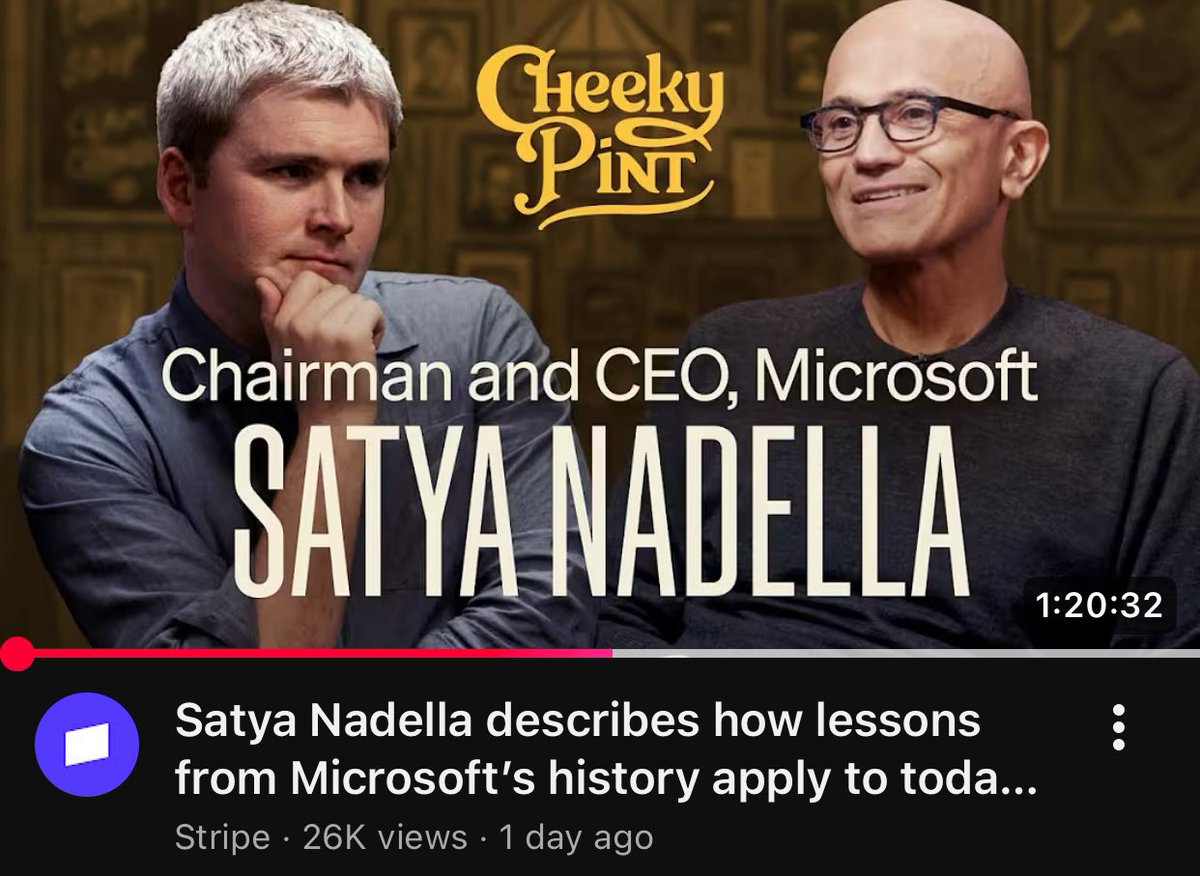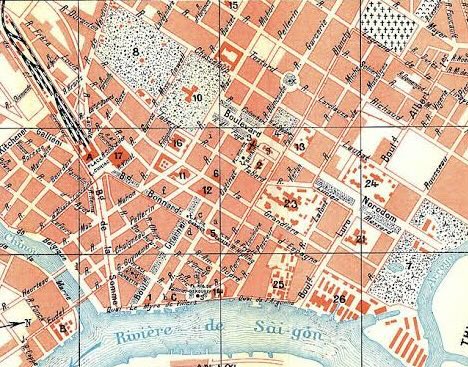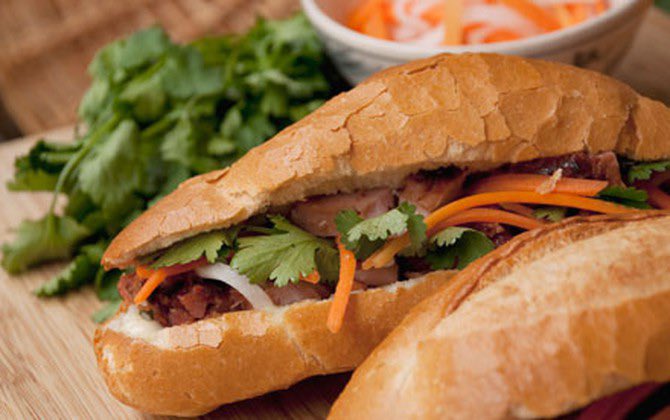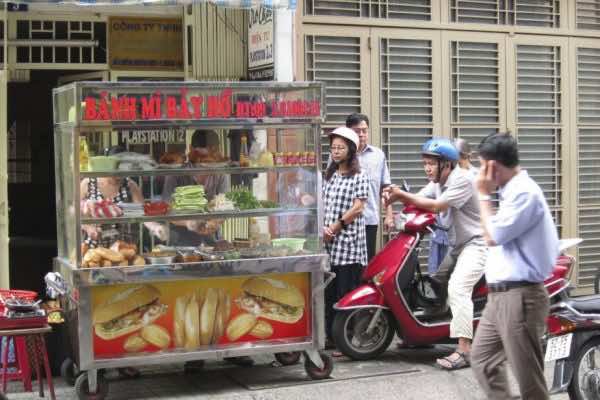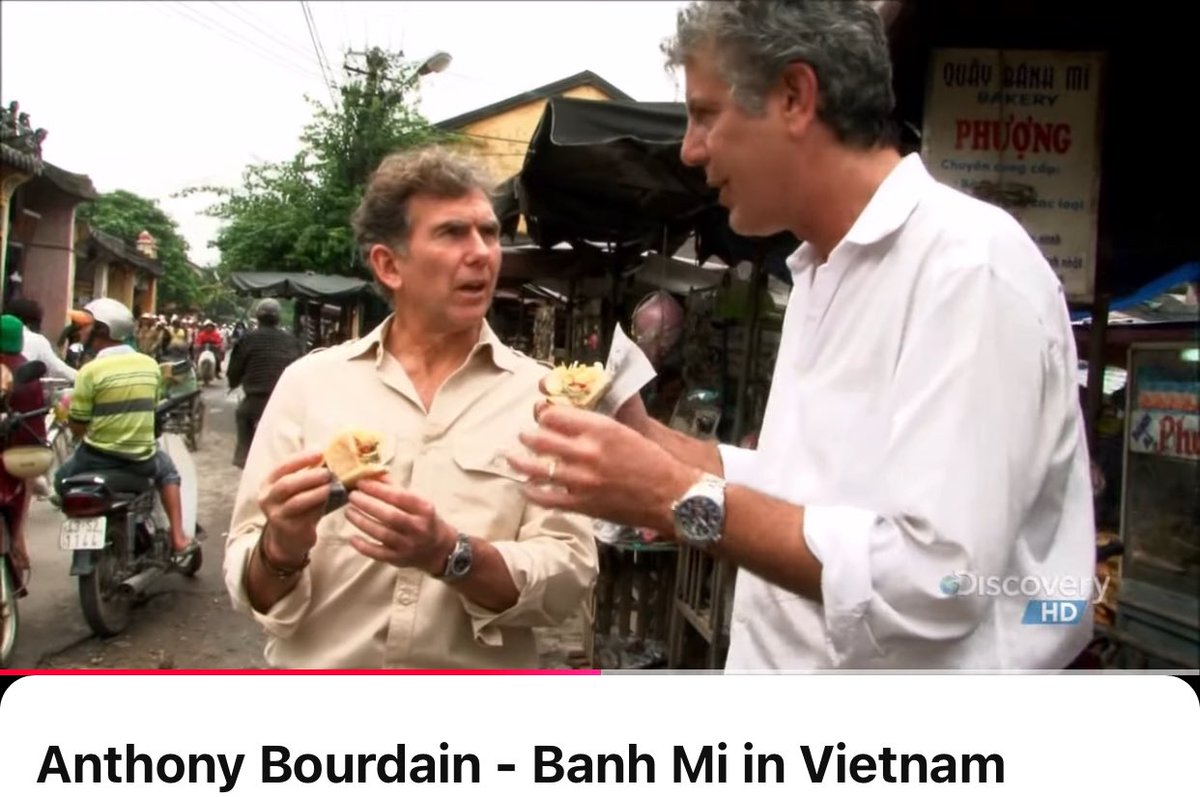1/ Steve Jobs famously said innovation is "saying no to 1000 things" before you say yes.
For more than a decade, Apple has used Pablo Picasso's Bull to drive home the lesson.
Here's a breakdown 🧵
For more than a decade, Apple has used Pablo Picasso's Bull to drive home the lesson.
Here's a breakdown 🧵

2/ In Dec. 1945, Picasso created "The Bull", a series of 11 lithographs (stone prints).
With each successive print, a bull is simplified and abstracted. Picasso's goal was to find "spirit of the beast".
At Apple, employees are taught this philosophy.
With each successive print, a bull is simplified and abstracted. Picasso's goal was to find "spirit of the beast".
At Apple, employees are taught this philosophy.

3/ Below is the 1st, 4th and last stone print.
Picasso's bull progresses from:
◻️ a realistic drawing
◻️ to a deconstructed image with his famous "abstract" style
◻️ to a series of lines outlining the bull's shape
Picasso's bull progresses from:
◻️ a realistic drawing
◻️ to a deconstructed image with his famous "abstract" style
◻️ to a series of lines outlining the bull's shape
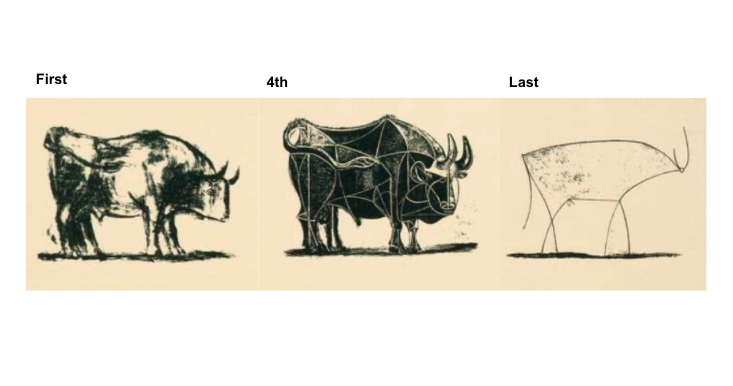
4/ Through 11 iterations, Picasso simplified and abstracted the bull until it captured the "essence" of what he was looking for. 
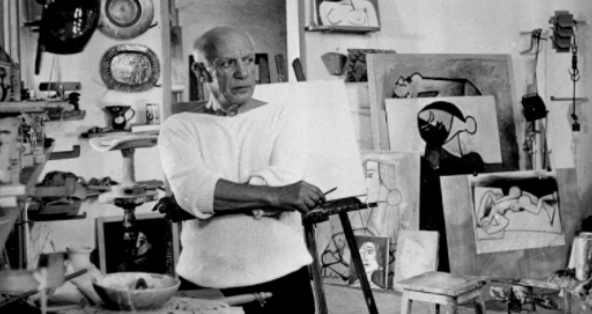
5/ Apple uses the evolution of its mouse as an example of Picasso's Way (e.g., the buttons were "abstracted" away). 

6/ For new employees, Apple also teaches the lessons by contrasting its Apple TV remote with existing smart controllers (significantly fewer buttons). 

7/ The Picasso way of saying "no" and capturing "the essence" extends to business strategy.
When Steve Jobs returned as CEO in 1997, Apple was near bankruptcy and on a streak of failed products including a gaming machine (Pippin) and a personal digital assistant (Newton).


When Steve Jobs returned as CEO in 1997, Apple was near bankruptcy and on a streak of failed products including a gaming machine (Pippin) and a personal digital assistant (Newton).
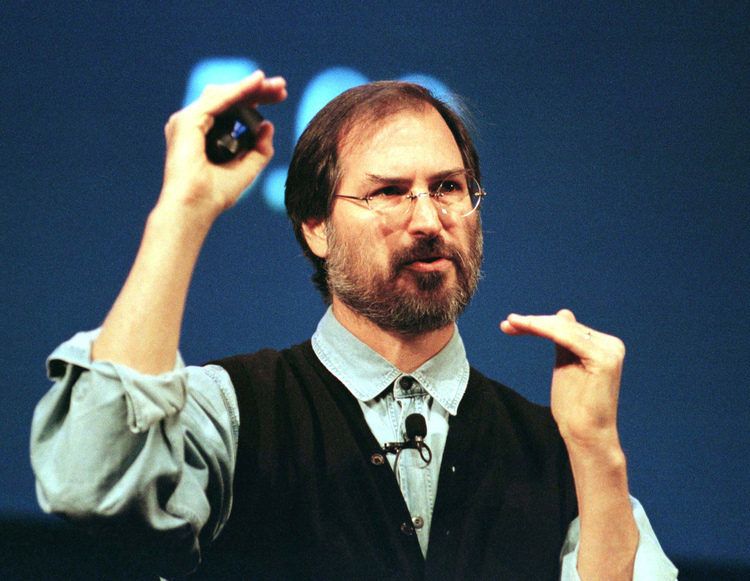


8/ During one product meeting with his team, Jobs shouted "stop...this is crazy" and got up to draw something on the whiteboard.
It was a 2x2 matrix laying out his product line:
• Desktop / Portable
• Consumer / Pro
It was a 2x2 matrix laying out his product line:
• Desktop / Portable
• Consumer / Pro

9/ By saying "no" to a ton of fluff and simplifying the product offerings, Apple would start its legendary resurgence.
Its market cap was <$5B upon Jobs' return...

Its market cap was <$5B upon Jobs' return...


10/ ...and reached~$350B by the time he passed in 2011.
The evolution of the iPod/iPhone followed the Picasso Way, especially with the removal of the trackpad (and introduction of touchscreen)
The evolution of the iPod/iPhone followed the Picasso Way, especially with the removal of the trackpad (and introduction of touchscreen)

11/ Per Jobs: “The way we’re running the company, the product design, the advertising, it all comes down to this: Let’s make it simple. Really simple.”
Speaking of advertising, Picasso's Bull gets a direct hat tip in Apple's famous "Think Different" ad:
Speaking of advertising, Picasso's Bull gets a direct hat tip in Apple's famous "Think Different" ad:
12/ If you enjoyed this, follow @TrungTPhan for other business insights and, also, very dumb memes:
https://twitter.com/TrungTPhan/status/1400465040927387651?s=20
13/ Sources
Artsy
artsy.net/article/artsy-…
NYT
nytimes.com/2014/08/11/tec…
BI
businessinsider.com/chart-that-sav…
Artsy
artsy.net/article/artsy-…
NYT
nytimes.com/2014/08/11/tec…
BI
businessinsider.com/chart-that-sav…
14/ Here's a related thread of how Apple added $1.5T+ in market cap under Tim Cook
https://twitter.com/TrungTPhan/status/1384878513682059264?s=20
15/ Last thing: Jony Ive has a great interview explaining Jobs' "say no" philosophy
https://twitter.com/TrungTPhan/status/1371129100098748426?s=20
• • •
Missing some Tweet in this thread? You can try to
force a refresh


